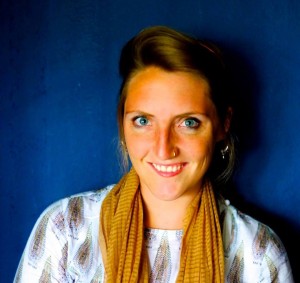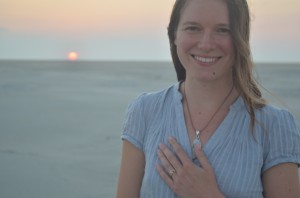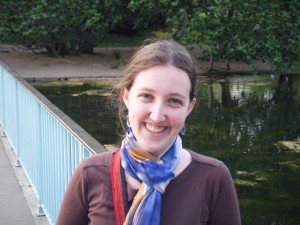This post is written in conjunction with the “Religion and Law in the U.S.” course dialogue project and is directed by Grace Yia-Hei Kao.
Upon reflecting on the topic “What is Religion”, particularly in regards to the Malnak v. Yogi case, I thought back to my days of going through Yoga Teacher training. It was something I took up after my challenging law school days. I was a bit apprehensive because I was a mediocre practitioner, and was not at all interested in the spiritual or meditative aspects of yoga. I repeatedly told my teachers, “I’m here for the strength training, I can’t wait to achieve that ‘yoga’ look!” They would look at me quizzically and almost sympathetically as if I were a lost soul. Only 3 years ago, after I finished my training, I came to understand the true meaning of yoga – which is really quite different from my original idea that it is just about physical exercise.
Now I teach yoga six days a week as a part-time job, although it is more than just a job: it is my passion. Teaching in suburban North Tustin, Orange County has had its challenges. Some students are open and willing to embrace yoga for all its components, including the sanskrit words, the sun salutations, and the meaning behind the “asanas” or poses. Others just want to come for the workout with little reflection as to the origins of yoga.
After reading about the Malnak v. Yogi case, I reflected back to my yoga students and how uncomfortable they get when I end the class by saying “namaste”, which translates as, “I salute or recognize your presence or existence in society and the universe.” But within only one year of teaching, I started to notice a transformation in my students. Everything from the dedication to their practice, the devotion to spreading positivity, to the responses I am quietly hearing back when I say “namaste” has led to a generally positive experience for people who would otherwise never have been open to yoga.
I have to wonder if the parents of the students at the public schools where the Yogi was to teach transcendental meditation (TM) actually gave it an opportunity before rejecting it. Perhaps they could have seen an improvement in their children’s performance in school, better attitudes, and healthier outlooks on life. It seems to me that our society as a whole ends up giving into one of two extreme positions: we either turn our backs on anything new and different without any exceptions or flexibility, or we zealously embrace and go over the top accepting something new. If the parents experimented with TM as a pilot project, maybe they could have seen positive outcomes and benefits.
To some extent, I am disappointed that the parents did not give TM a chance, but I also remember how I felt when I heard my very first Sanskrit chant in teacher training. The teacher was invoking a sage “Patanjali” to come and bless the class, and in my head I was thinking, “I did not sign up for this!” I don’t want some guy named Patanjali to rise from the dead, and then float over oceans and bodies of land to come join us in Costa Mesa for training. How weird! Because of these kinds of experiences, I can understand the parent’s hesitation in the Malnek case, but also because it was in a public school setting with minors being exposed to an unfamiliar eastern tradition in a foreign language with unusual rituals.
As for my own personal experience, after many days of releasing my preconceived notions, I realized the meditation, the chanting, the Om’s and Namaste’s are what an individual makes of it. The only “religion” it can trace back to is an individual’s own, whether a person has one or not. In the Malnek case, if someone had proposed another solution, such as parents and students meditating together, or even completely taking out the rituals and providing an English translation for the Sanskrit, perhaps then the program would have been embraced!
Below you can find a link to an article that discusses one woman’s attempt to encourage California public schools to incorporate Yoga as part of the physical education requirement. She neutralized the practice by only teaching poses, nothing else, yet she still faced resistance from parents:
Click here to read the article.
Valentina Khan was born and raised in Southern California to a Persian mother and Indian father. She has a legal background and is now pursuing her Masters in Muslim Leadership. She teaches yoga and believes it is the perfect vehicle to a healthy life, mind, body, and spirit. She is the co-founder of a non-profit group called “I Am Jerusalem” that works to collaborate with Jews, Christians, and Muslims for peace, understanding, and friendship. She also sits as a Board Advisor for the Interfaith Youth Council of Orange County, which aims to bring awareness to youth about religious and cultural diversity while training them to become community leaders.











